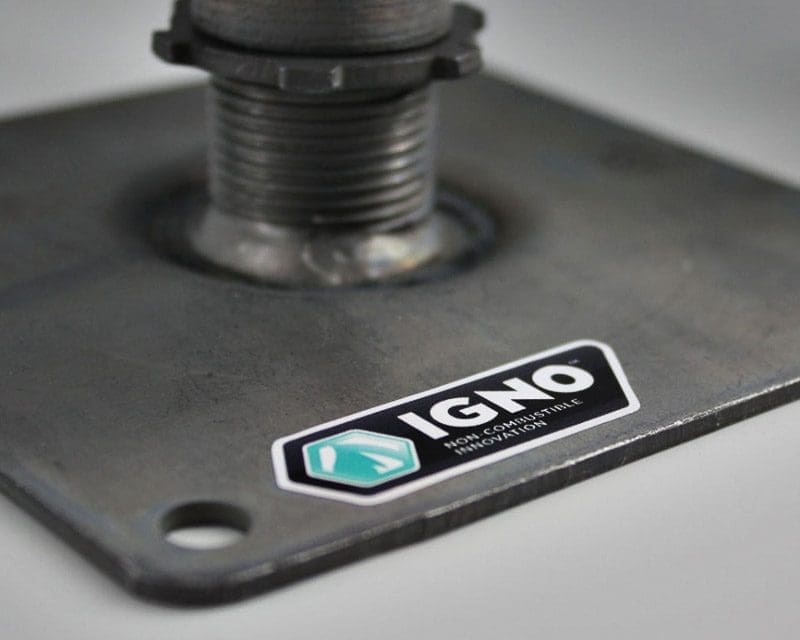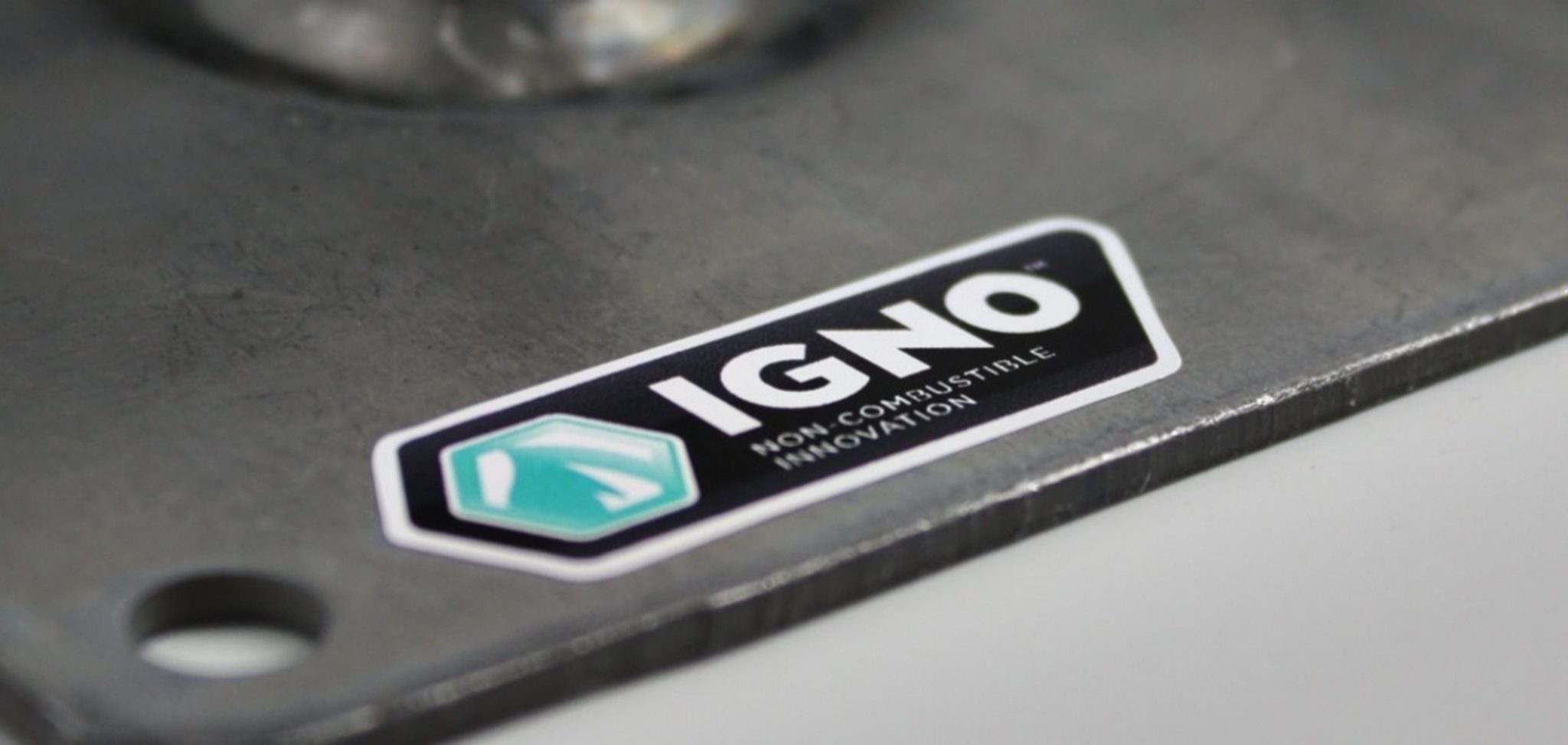Originally published 15th January 2020.
In response to the 2018 ban on the use of combustible materials within the external walls of residential buildings of 18m and higher, RYNO created IGNO, a family of non-combustible products for the construction industry. Not only are IGNO products non-combustible, but they have protection built in. This article looks at Building Regulation changes and how, together, we can work safely — for life.
Changes to building and fire safety regulations
Since the mid-80s Building Regulations have centred around a performance-based system, which means that rather than listing banned materials, there is a focus on the broad outcomes a building must achieve. Section B4, which focuses on external fire spread, has not changed since it was put in place in the 1980s. However, following the tragic fire at Grenfell Tower in June 2017, these regulations came under review last year, resulting in changes to guidance around combustible cladding and fire risk.
The review of Building Regulations — and specifically Approved Document B (Reg 38), which relates to fire safety regulations, including fire escape and fire spread — highlighted some experts’ concerns that ambiguous wording had led to some grey areas around the use of combustible cladding. For example, some companies had assumed that the rule applying to insulation used on the outside of a building did not apply to external cladding. And some experts felt that, where the 2010 regulations allowed the use of cladding on the exterior of a building as long as it was fire tested, the fire test did not fully reflect real-life installation and the realistic potential for fire spread.

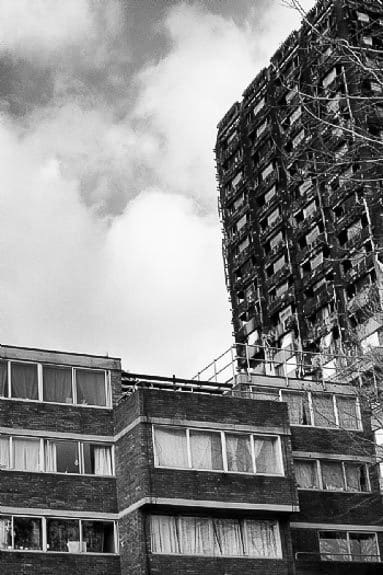
A ban on the use of combustible materials
Following the Grenfell fire and the review of building and fire safety regulations, the regulations were amended. In December of 2018, the Ministry of Housing introduced new guidance. And in April 2019, following further amendments, an updated Document B came into force. The amended regulations now ban the use of combustible materials in the external walls and specified attachments (such as balconies) of new buildings of 18m or more in height — or where work is carried out on existing buildings of 18m or higher. These restrictions apply to residential blocks of flats, care homes, sheltered housing, student accommodation, hospitals and boarding school dormitories.
Implications for existing buildings of all heights
In July, the government further clarified its position by advising building control officers to also check the cladding on buildings under 18m. And, where existing buildings of any height have balconies, it is incumbent on the building owner to understand what materials have been used and to assess and manage the associated risk of external fire spread. They urge building owners to remove combustible materials from balconies if they are found, in order to comply with Requirement B4 of the Building Regulations. If building owners are in doubt they are asked to seek professional advice from an appropriately qualified professional.
What’s happened since?
On Friday 15th November 2019 a fire ripped through a student accommodation block in Bolton, apparently spreading via its external wall. Miraculously there were no fatalities, but it has raised concerns about the scope of the new ban on combustible materials. The reason concerns have been raised is because the cladding used on the building in Bolton was of a different type to that seen at Grenfell. The cladding at Grenfell was Aluminium Composite Material (ACM), whereas in Bolton it was High-Pressure Laminate (HPL). The Bolton building was also below 18m in height, putting it outside the scope of the new ban on combustibles. This recent fire has left many questions unanswered, with fire safety bodies and some MPs pushing for a further review of building regulations as they relate to fire safety.
In early 2020, Housing Secretary Robert Jenrick outlined plans to reduce the 18m threshold further, telling the House of Commons: “We banned the use of combustible materials in the external walls of high-rise buildings in December 2018…and today [January 20] I am announcing a consultation on the ban, again going significantly further, including by lowering the 18-metre height threshold to at most 11 metres.”
He went on to argue that building safety needs to be proportionate to the building, drawing on the Bolton fire which took place in a building standing 17.6-8 meters high: just a few centimetres from the 18m threshold.

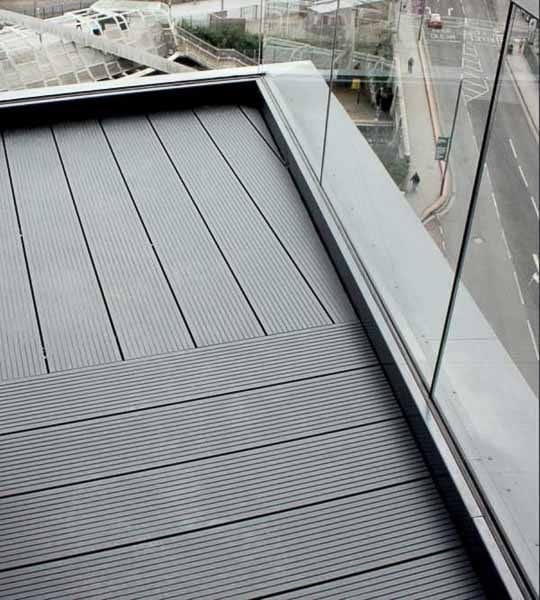
Ryno innovation keeps you compliant
At RYNO, we welcome the new regulations that make our buildings, and our lives, safer. We fully support any investigation that helps clarify the position of those in the construction industry and building owners. For our part, we want to help make compliance as clear and easy as possible for our customers. We want to help you meet building regulations and support your requirements under Regulation 38 and Approved Document B. In fact, we want to go further; instead of focussing on mitigating the fire risk associated with a differing array of materials, our focus is on designing materials that are non-combustible.
We’ve always risen to meet the challenge of an ever-changing construction industry. And, as many of our customers will know, we’ve included non-combustible and fire-resistant materials in our product ranges for over 25 years. We will continue to innovate outstanding products that support compliance in construction — for life.
IGNO non-combustible products
To demonstrate our commitment to supporting our customers in construction and architecture, we are launching IGNO. IGNO is a mark of assurance on all RYNO non-combustible products for the construction sector. It signifies non-combustible innovation that goes beyond compliance, to build in protection. Where you see the IGNO mark, you can be completely assured that these RYNO products comply with or even exceed building regulations.
The IGNO product family — designed for life.
